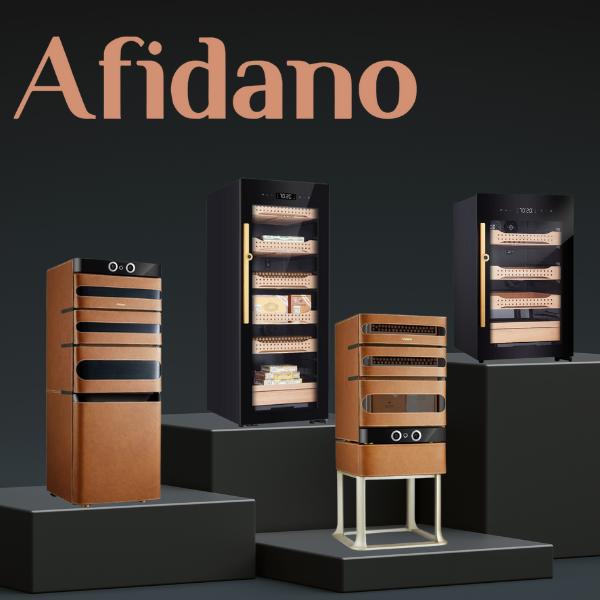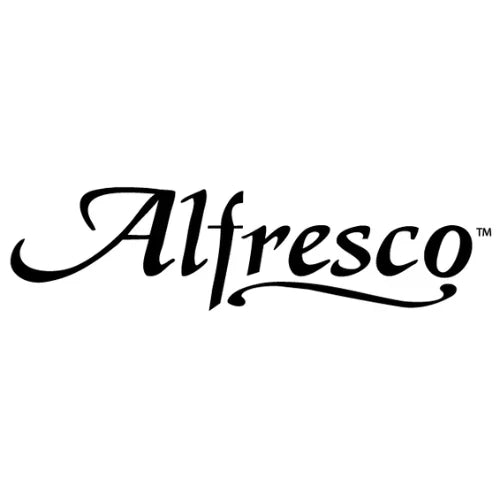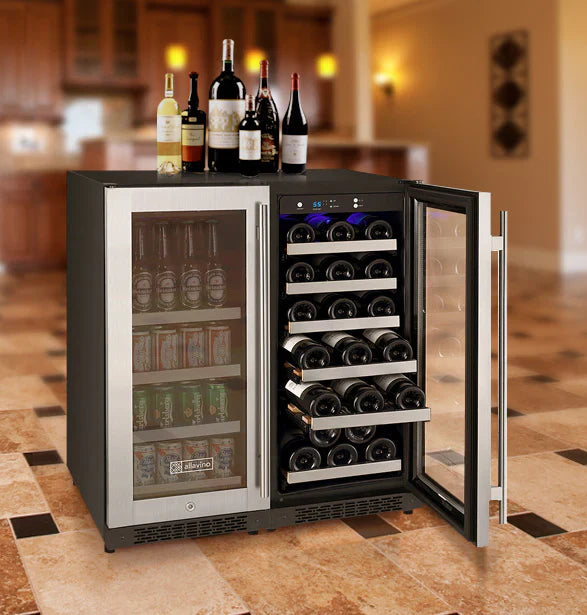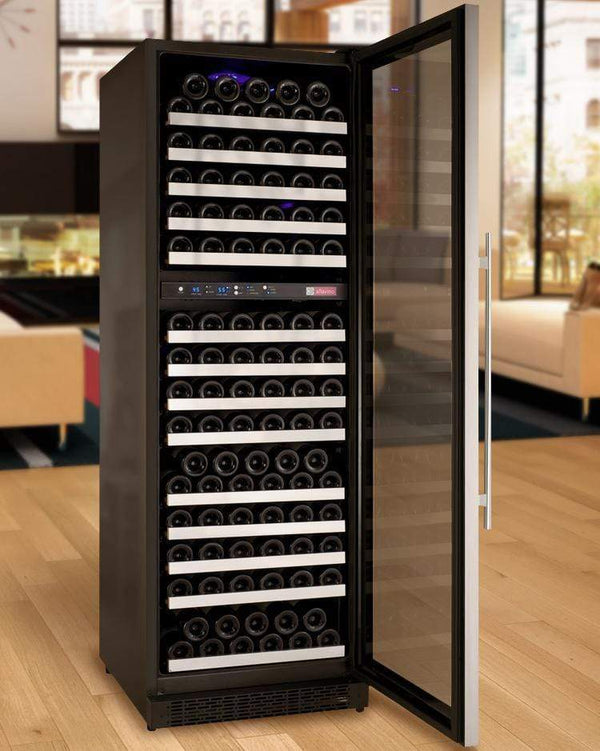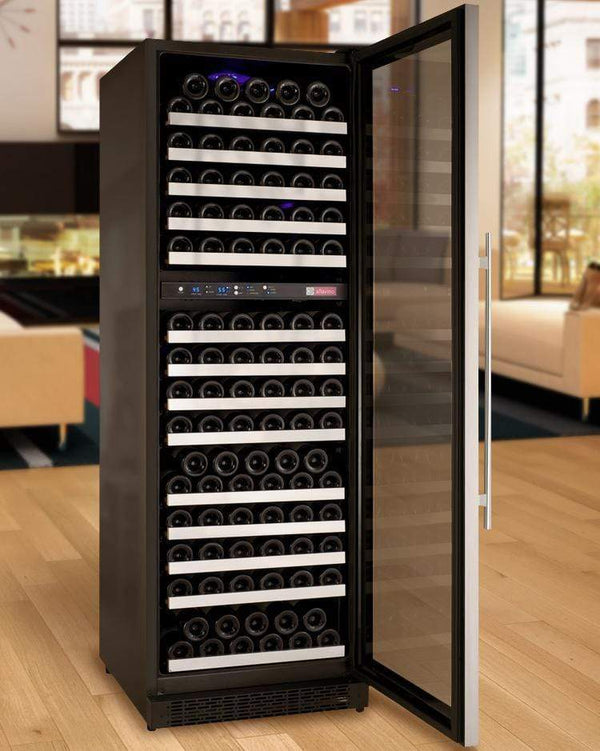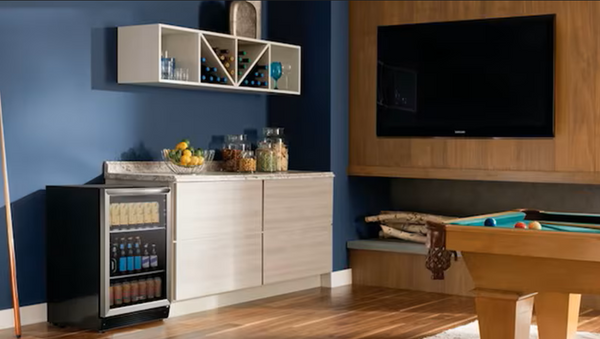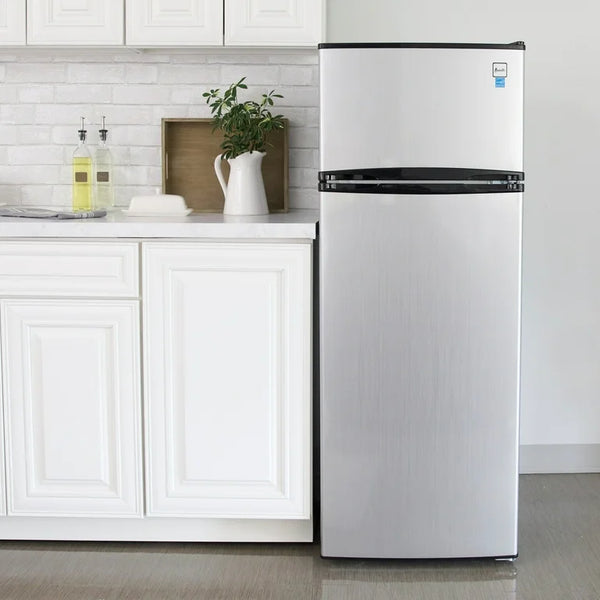How to Store Wine at Home: Complete Storage Guide
Is Your Wine Stored the Right Way?
By Jim Hopper, Wine Cooling Expert
Are you wondering if that special bottle you bought will taste as good next month—or next year—as it does today? Not sure if your kitchen cupboard is the right spot, or if you should invest in a wine fridge?
You’re not alone! Wine storage can seem complicated, but it doesn’t have to be.
Quick Self-Check:
- Do you have just a few bottles, or are you building a collection?
- Are you storing wine for everyday enjoyment or hoping to age certain bottles?
- Is your “wine spot” exposed to sunlight, heat, or strong smells?
If you answered “yes” to any of these questions—or if you’re simply curious about getting the most out of every bottle—you’re in the right place.
In this guide, you’ll discover:
- The five key factors that keep wine tasting its best
- Smart solutions for every home (with or without fancy equipment)
- Simple tips for organizing, serving, and saving open bottles
Want to take your storage to the next level? If you’re dreaming of a dedicated wine room, check out our step-by-step guide to building a wine cellar.
Ready to unlock the secrets of great wine at home? Let’s get started!
Looking for even more wine storage wisdom? Explore these helpful resources:
- Best Advice for Storing Wine for practical tips from storage experts.
- Purpose of Storing Wine to understand why storage matters for every bottle.
- DIY Wine Cellar Guide if you’re ready to build your own storage space at home.
- Basement Wine Cellar Guide for transforming your basement into the ideal wine storage spot.
If you’re looking for inspiration or want expert help planning your wine space, explore our Wine Cellar Design support page for ideas and guidance.
Why Proper Wine Storage Matters
Wine is a delicate beverage, sensitive to its environment. Poor storage can lead to flat flavors, spoiled aromas, or even ruined bottles. By understanding the main factors that affect wine—temperature, humidity, light, vibration, and odors—you can keep your collection in top condition, whether it’s one bottle or one hundred.
Want to dive deeper into why storage conditions are so important? Check out our post on the purpose of storing wine.
1. Key Factors for Storing Wine at Home

Temperature Control
Temperature is the most critical factor in wine storage.
- Ideal Storage Temperature: Keep wine between 45°F and 65°F (7°C–18°C), with the sweet spot for most wines around 55°F (13°C).
- Red Wines: Store between 62°F and 68°F (17°C–20°C). Lighter reds (like Pinot Noir) do best on the cooler end, while fuller-bodied reds (like Bordeaux) prefer it slightly warmer.
- White Wines: Store between 49°F and 55°F (9°C–13°C).
- Consistency is Key: Fluctuating temperatures cause corks to expand and contract, letting air in and spoiling the wine. Avoid storing wine near ovens, radiators, or places that heat up and cool down throughout the day.
Serving vs. Storage Temperatures:
Storage temperature keeps wine in good condition, but serving temperature brings out its best flavors.
- Red wine: Serve at 58–65°F (12–18°C)
- White wine: Serve at 45–55°F (7–13°C)
- Sparkling wine: Serve at 40–46°F (4–8°C)
Humidity
- Why It Matters: Too little humidity can dry out corks, letting air into the bottle. Too much can cause mold on labels.
- Recommended Range: Keep humidity between 50% and 80%. Around 70% is ideal.
-
DIY Solutions:
- If your storage area is dry, place a small bowl of water nearby or use a humidifier.
- If it’s too humid, a dehumidifier can help.
- For a quick check, labels peeling or visible mold means it’s time to adjust humidity.
Light Exposure
- The Danger of Light: Sunlight and strong artificial light can age wine prematurely and damage its flavors. UV rays are especially harmful.
- Best Practice: Store wine in a dark place, away from windows and bright lights. If you must use lighting, opt for low-UV LED bulbs and keep lights off when not needed.
- Tip: Even household bulbs can fade labels over time, but fluorescent bulbs emit UV rays that can damage wine—avoid them in your storage area.
Vibration
- Why Avoid It: Frequent movement or vibrations can disturb the sediment in wine, affecting its taste and how it ages.
-
How to Minimize:
- Don’t store wine next to appliances like washing machines, dishwashers, or stereos.
- Avoid high-traffic areas or shelves that get bumped.
- For extra protection, add padding under racks or use cushioned mats—especially in earthquake-prone areas.
Odor Control
- Odors Can Creep In: Strong smells from cleaning supplies, garbage, or certain foods can seep through corks and spoil wine.
- Best Locations: Choose storage areas free from strong or unpleasant odors.
- Extra Tip: Place activated charcoal, baking soda, or odor-absorbing packets near your wine (but not touching bottles) for added protection.
Common Mistakes: Where Not to Store Wine
- Kitchens or utility rooms (temperature swings, strong odors)
- Garages or attics (heat, cold, and humidity extremes)
- Near radiators, ovens, or sunny windows
- On top of the fridge (heat and vibration)
2. Choosing the Right Storage Location

Not everyone has a wine cellar, but you can still find good spots at home:
- Best Places: Basements, closets, or cupboards away from kitchens and laundry rooms are often ideal. Under the stairs can also work well.
Need help visualizing or planning your custom wine storage? Our Wine Cellar Design resource is here to help.
- For Short-Term Storage: A cool, dark cupboard is usually sufficient for wines you’ll drink within a few months.
- For Long-Term Storage: Consider investing in a wine fridge or cooler for better temperature and humidity control.
If you’re considering turning your basement into a wine haven, our Basement Wine Cellar Guide offers step-by-step advice for creating the perfect environment.
3. Wine Storage Equipment and Alternatives

Wine Coolers and Fridges
- Why Use One: Wine coolers are designed to maintain the right temperature and humidity. Many models have dual zones for storing reds and whites at their ideal temperatures.
- Capacity: Choose a size that fits your collection. If you’re just starting, a small 12-bottle fridge may be enough. Larger collections may need more space.
-
Wine Fridge vs. Regular Fridge:
- Regular fridges are too cold and dry for long-term storage and can dry out corks.
- Wine fridges keep bottles at optimal conditions and protect against odors and vibrations.
Alternative Storage Solutions
- No Wine Fridge? Store bottles in a consistently cool, dark area—like under the stairs, in a closet, or in an unused room.
- Professional Storage: If your collection grows or you have valuable bottles, consider a professional storage facility with temperature and humidity control, security, and insurance options.
Thinking about building your own wine cellar? Our DIY Wine Cellar Guide walks you through the process from start to finish.
For personalized layouts or professional advice on creating your ideal storage, visit our Wine Cellar Design page.
4. Bottle Position and Organization

Horizontal vs. Vertical Storage
- Corked Bottles: Store on their sides or at a slight angle (about 15–45°) to keep the cork moist and prevent air from entering.
- Screw Caps or Synthetic Corks: These can be stored upright if needed, especially for short-term storage.
- Space Efficiency: Storing bottles horizontally also saves space and makes organization easier.
Organizing Your Collection
- By Type or Age: Group reds, whites, and sparkling wines separately. You can also organize by how soon you plan to drink each bottle.
- Label Out: Store bottles with labels facing out for easy identification.
5. Special Tips for Opened Bottles

Once opened, wine starts to oxidize. To extend its life:
- Recork Promptly: Use the original cork, a wine stopper, or a rubber cap.
- Wine Preservation Tools: Vacuum pumps or inert gas systems can help remove air and keep wine fresh longer.
- Store in the Fridge: Even red wines keep better in the fridge once opened.
- Use Within a Few Days: Most opened wines last 3–5 days. Some whites and fortified wines may last a week.
For expert tips and answers to common questions, don’t miss our Best Advice for Storing Wine.
Conclusion

Storing wine at home doesn’t have to be complicated. By paying attention to temperature, humidity, light, vibration, and odors, you can keep your bottles in great shape—whether you’re saving a special vintage or just want your favorite wine to taste its best.
Ready to design your dream wine cellar? Get expert support and inspiration at our Wine Cellar Design page.
Have your own tips or questions about wine storage? Share them in the comments below, and let’s keep the conversation going. Cheers!
📚 Frequently Asked Questions (FAQs)
What is the best way to store wine at home?
What are the storage requirements for wine?
What is important when storing wine?
How long can wine be stored at home?

Designing or Upgrading a Wine Cellar?
We got you! Here at Wine Coolers Empire, we will guide you in building your dream wine cellar.


